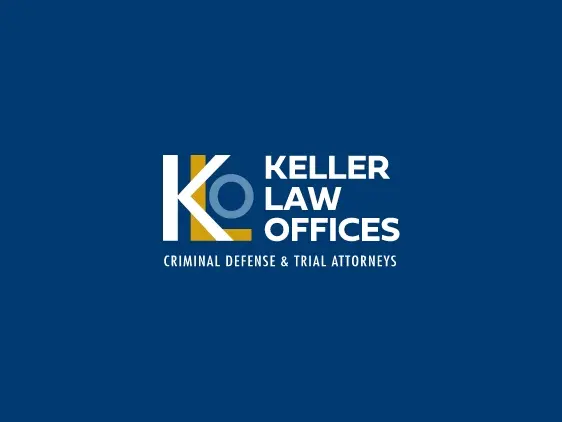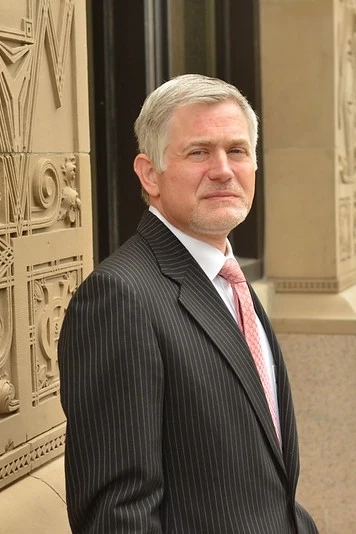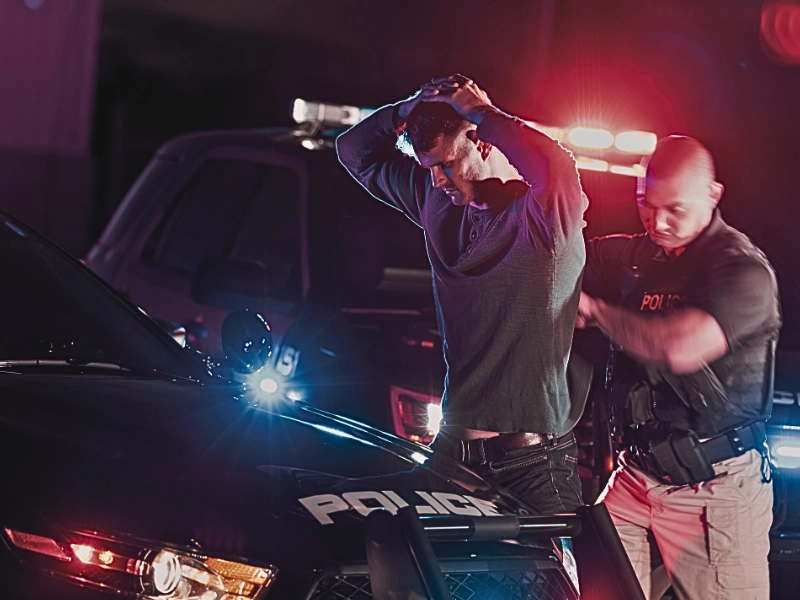There are various theories that swirl around when it comes to teaching kids the rights and wrongs about alcohol use. According to a Minnesota study, it seems like at least one popular theory can be ruled out.
The idea that it is wise for parents to drink with their kids or allow underage drinking under their supervision is proven to be misguided. Based on the study, the kids don’t grow up to more safely use alcohol. In fact, they are more likely to have problems with drinking and its many negative consequences.
Bloomberg Businessweek describes the study that came to that conclusion. Researchers from the University of Minnesota’s School of Nursing followed groups of teenagers, some from the U.S. and others from Australia. Both countries generally have different attitudes toward drinking; yet, the conclusion of the study came up with the same trends for both groups of teens.
Researchers found out about the teens’ alcohol use and whether they drank with their parents or under their parents’ supervision. The Australian teens were more likely to have begun drinking with their parents, but among both the groups of teens who did so, they shared similar alcohol-related problems in the near future: alcohol addiction, drunken blackouts and violent episodes related to drinking.
So, basically, the idea that “I’d rather have them do it under my roof,” according to research, is a dangerous philosophy to live by. If the study’s findings are a true reflection of what happens when parents allow underage drinking, that one seemingly progressive decision could mean health and legal trouble for their kids in the future.
What do you think?
Source
Bloomberg Businessweek: “You’re Not Doing Your Teen Any Favors by Letting Them Drink,” Robert Preidt, 29 Apr. 2011






